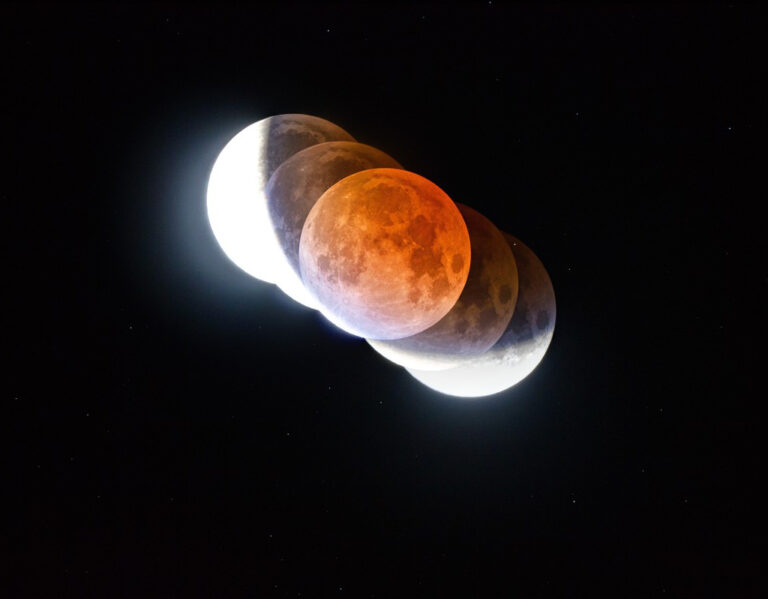在地球影子的边缘
2021年11月25日 At the Shadow’s Edge Image Credit & Copyright: Jean-Francois Gout Explanation: Shaped like a cone tapering into space, the Earth’s dark central shadow or umbra has a circular cross-section. It’s wider than the Moon at the distance of the Moon’s orbit though. But during the lunar eclipse of November 18/19, part of the Moon remained just outside the umbral shadow. The successive pictures in this composite of 5 images from that almost total lunar eclipse were taken over a period of about 1.5 hours. The series is aligned to trace part of the cross-section’s circular arc, with the central image at maximum eclipse. It shows a bright, thin sliver of the lunar disk still beyond the shadow’s curved edge. Of course, even within the…



